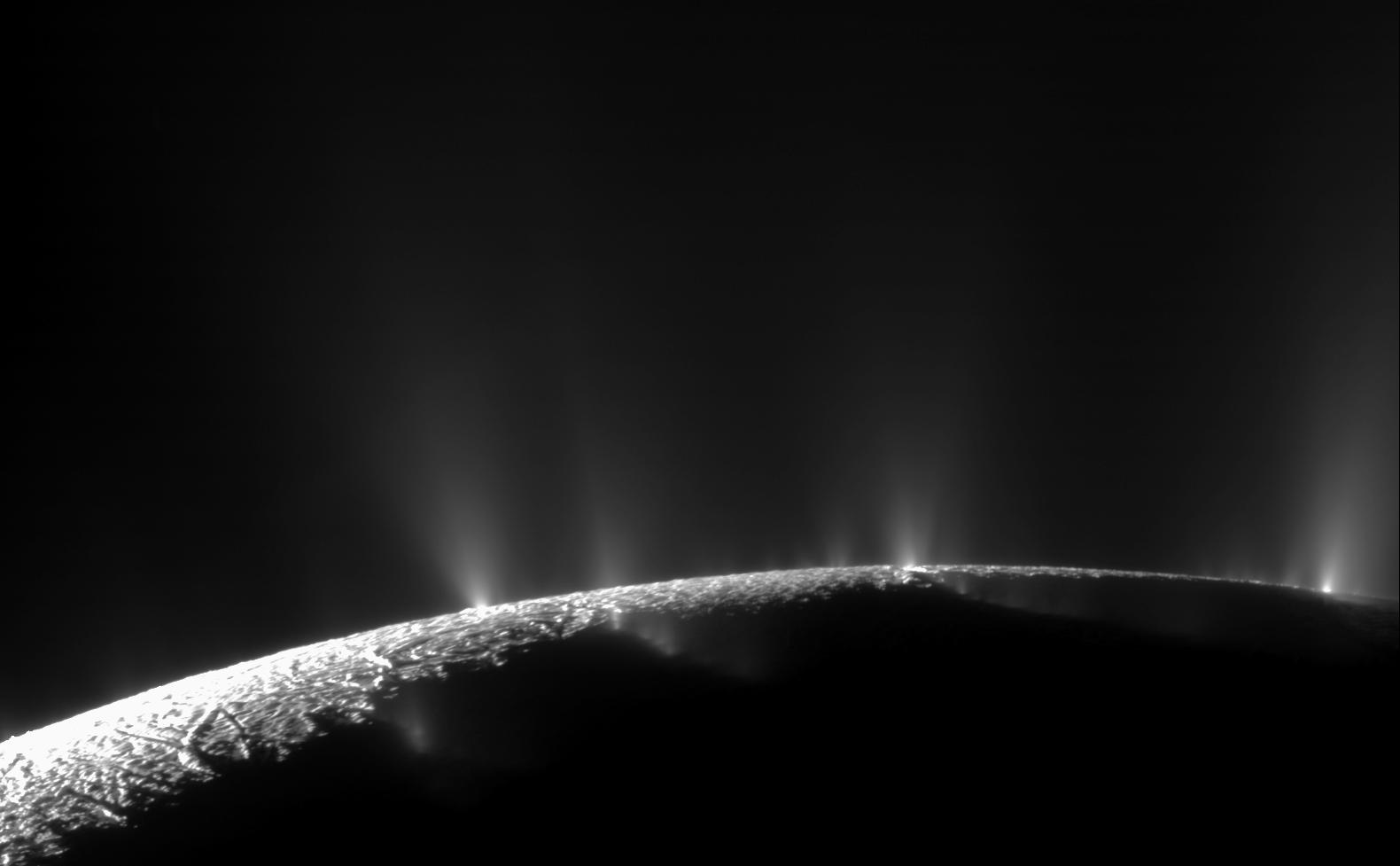2 min read


Cassini and ESA’s Huygens probe expanded our understanding of the kinds of worlds where life might exist.

The Cassini spacecraft and Huygens probe showed us one of the most Earth-like worlds we’ve ever encountered: Saturn's largest moon – Titan. It has weather, climate, and geology that provide new ways to understand our home planet.

Cassini gave us a portal to see the physical processes that likely shaped the development of our solar system, as well as planetary systems around other stars.

The length of Cassini’s mission enabled us to observe weather and seasonal changes over nearly half of a Saturn year, improving our understanding of similar processes on Earth, and potentially those on planets around other stars.

Cassini revealed Saturn’s moons to be unique worlds with their own stories to tell.

Cassini showed us the complexity of Saturn’s rings and the dramatic processes operating within them.

Some of Cassini’s best discoveries were serendipitous. What Cassini found at Saturn prompted scientists to rethink their understanding of the solar system.

Cassini represented a staggering achievement of human and technical complexity, finding innovative ways to use the spacecraft and its instruments, and paving the way for future missions to explore our solar system.

Cassini revealed the beauty of Saturn, its rings and moons, inspiring our sense of wonder and enriching our sense of place in the cosmos.

The data returned by Cassini during its 13 years at Saturn will be studied for decades, and many new discoveries are undoubtedly waiting to be revealed. To review what we've already learned, visit our Cassini mission site.







